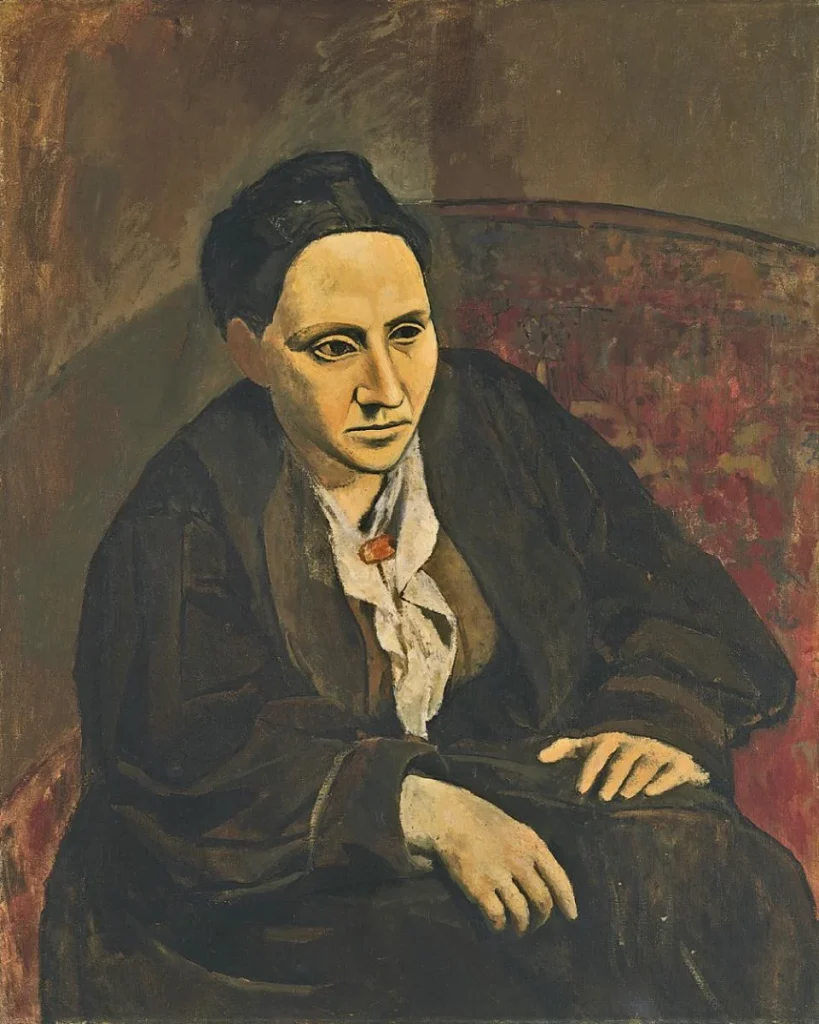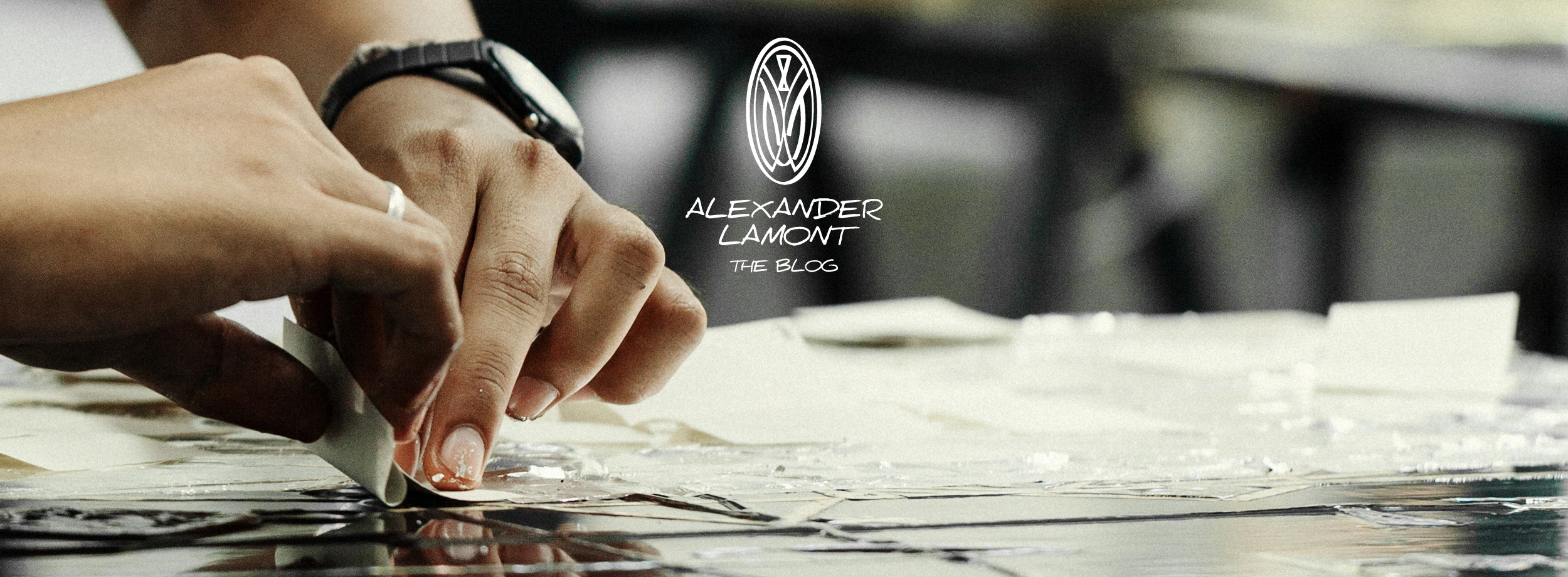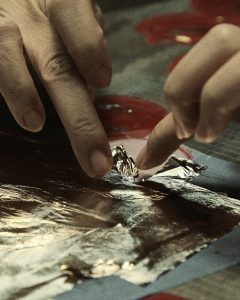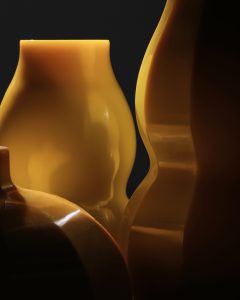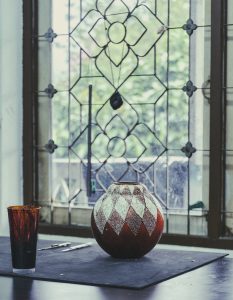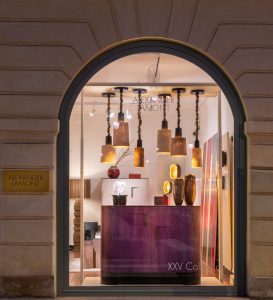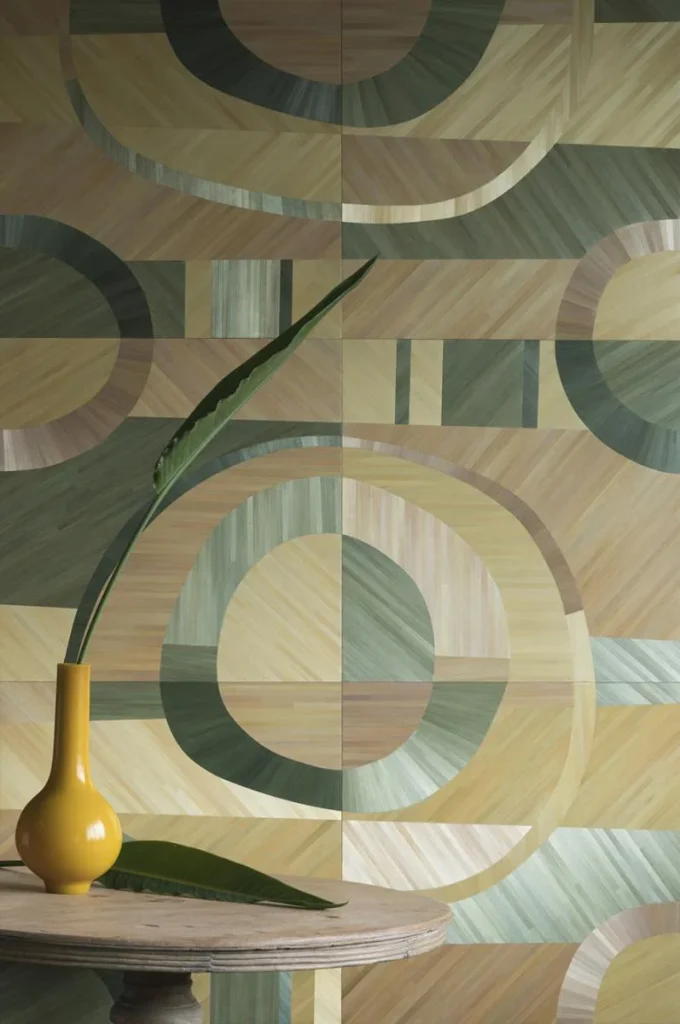
The Great Gatsby is a world renowned novel that captures the vibrant spirit and flamboyance of 1920’s. The Roaring 20s, or the Jazz Age, as it is also known, was a turbulent time when young people broke with traditional values and embraced all things modern, shaking off the misery and shell-shock of World War I. It was a period of economic prosperity with a distinctive cultural edge. In France, the decade was known as “les années folles” (‘crazy years’), emphasizing the era’s social, artistic and cultural dynamism. The original youth movement of the flappers forever changed the role of women in society. Liberation and hedonism reflected the human need for pleasure and escape. Between the two world wars, something beautiful blossomed.
Above image: wall panels inspired by the work of Sonia Delaunay one of the leaders of the Orphism movement of the 1920s
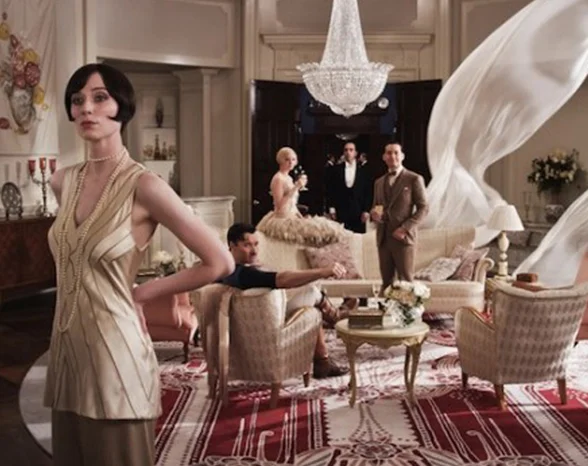
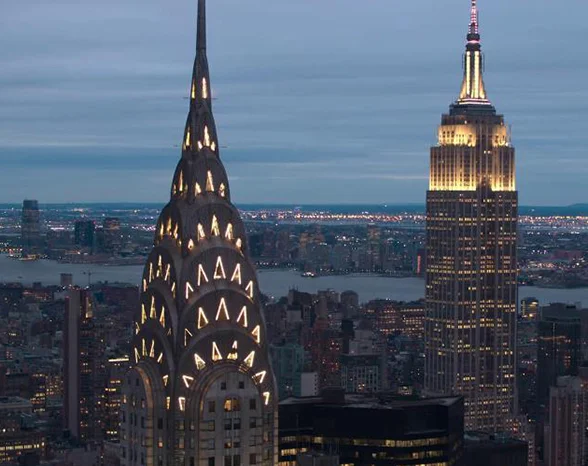
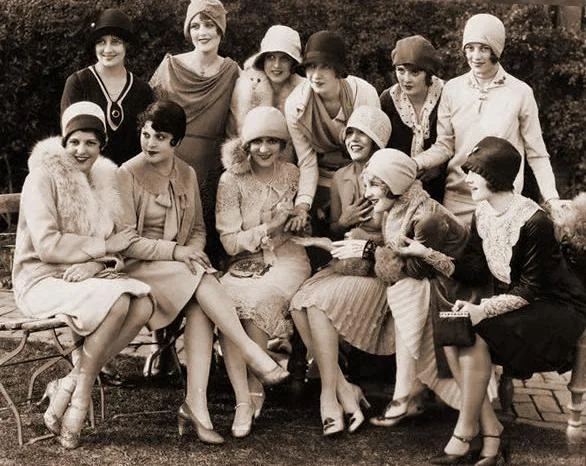
The aesthetic style that prevailed during this era is called “Art Deco.” It is the symbol of glamour and sophistication. Rapidly emerging various art movements of the early 20th century heavily influenced the aesthetics of Art Deco, such as the bold geometric forms of Cubism and the bright colors of Fauvism. In addition to fine art and design, poetry, literature, architecture, music and dance all influenced one another to create the characteristic style of the era. It also featured exotic styles from China and Japan, India, Persia, ancient Egypt and Maya art. The Ballets Russes (Russian Ballet), which was founded by the Russian arts producer Serge Diaghilev, commissioned the avant-garde artists of different fields for the ultimate artistic expression in theater. It forged ground-breaking artistic collaborations; just to name a few, composers such as Igor Stravinsky, Claude Debussy, and Sergei Prokofiev, artists such as Vasily Kandinsky, Pablo Picasso, and Henri Matisse, and costume designers such as Coco Chanel and writers such as Jean Cocteau.
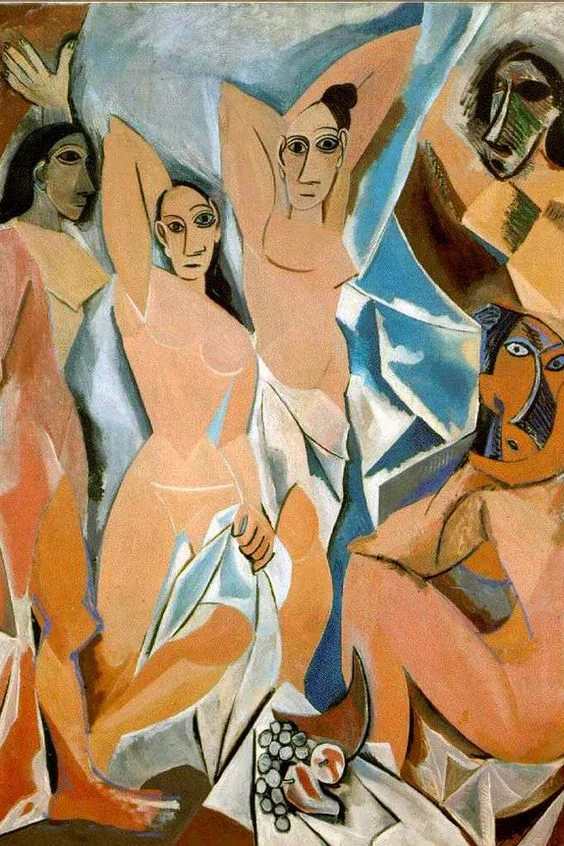
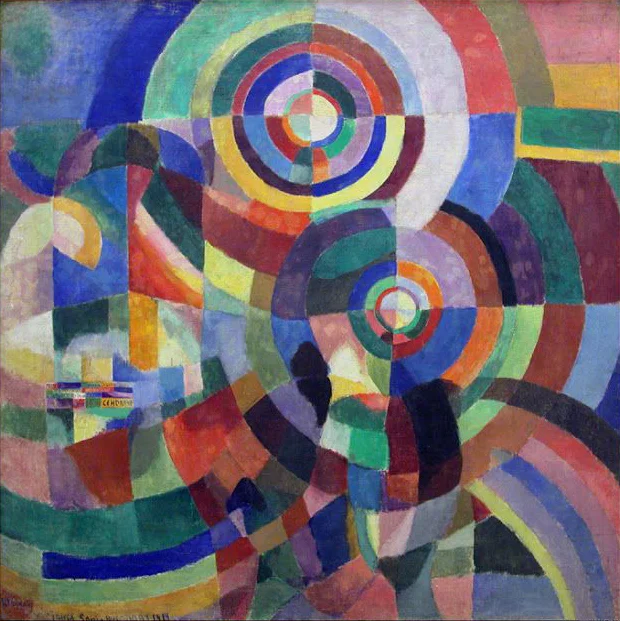
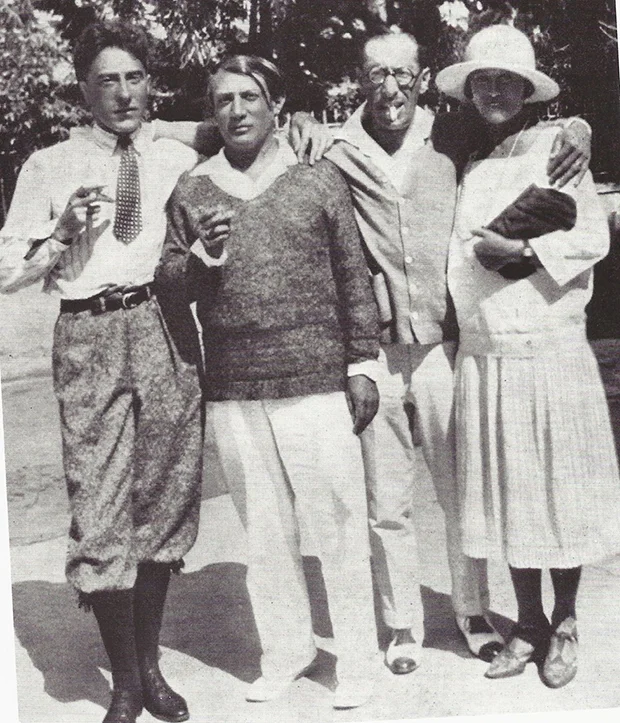
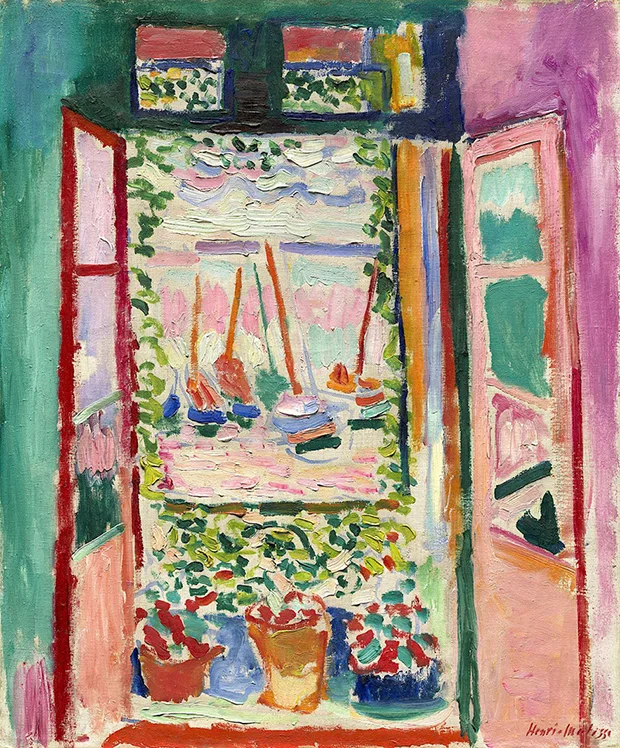
Winds of commerce and early waves of capitalism brought Art Deco to almost every corner of the world. It was one of the first universal styles and influenced the design of buildings, furniture, jewelry, fashion, cars, movie theatres, trains, ocean liners, and everyday objects such as radios and vacuum cleaners. From the skyscrapers in New York, to smoky jazz cafes in Paris, from apartment buildings in Bombay to ceramics, metal and graphic works in Japan, Art Deco traveled with luxurious ocean liners across the nations, bringing the new aesthetic and vision of future.
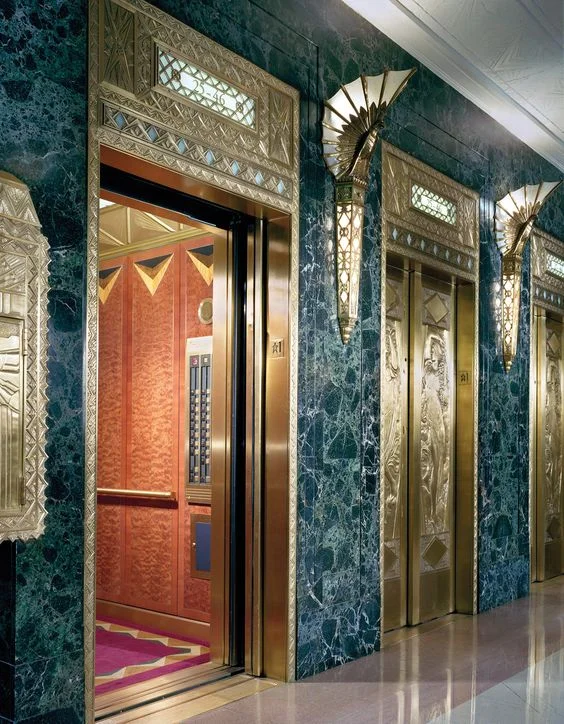

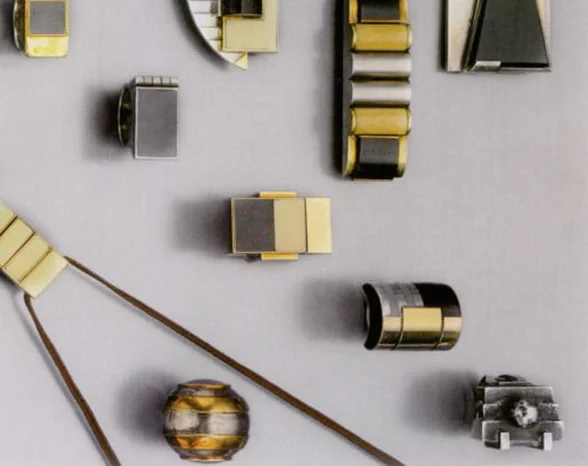
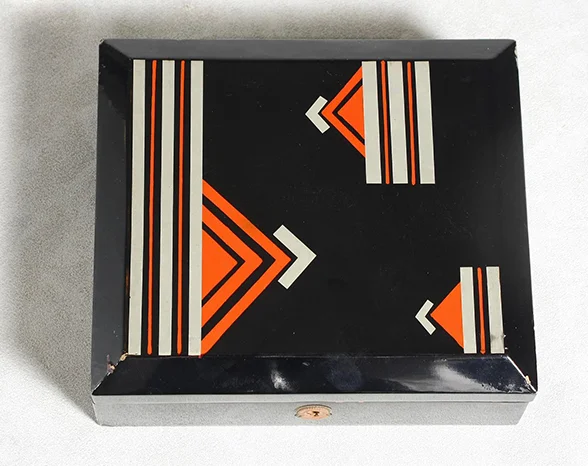
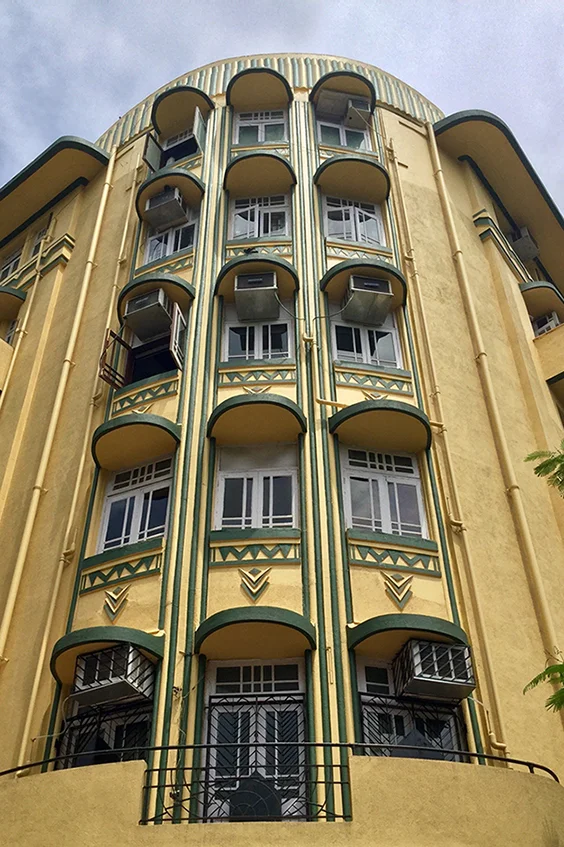
Shanghai is home to one of the richest collections of art deco architecture in the world. From the 1920’s to the 1940’s, Shanghai embraced the mix of east and west in every aspect. There were large numbers of westerners living in the city, particularly British, American and French, whose nations had established official diplomatic concessions in Shanghai. The Peace Hotel continues to operate as one of Shanghai’s top ranking hotels, and in addition to its historical architectural interest, a draw for many visitors to the city is the Peace Hotel jazz band, a group of septuagenarian musicians who are a living link with Shanghai’s jazz heyday.

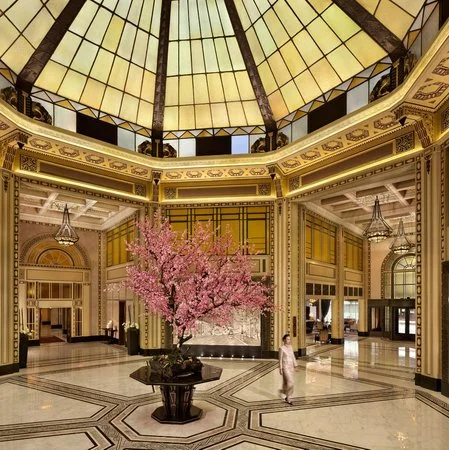
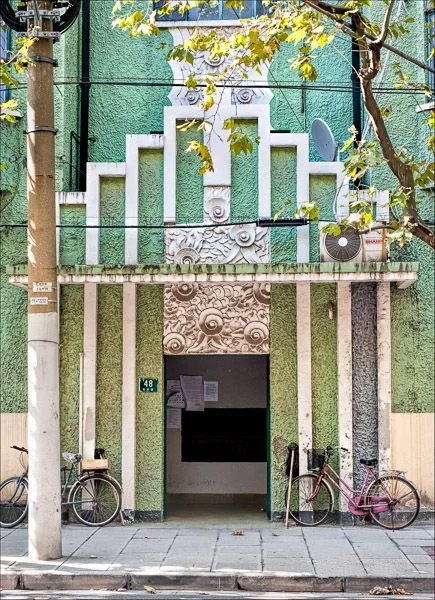
Whether in interiors, fashion, architecture or furniture design, the Art Deco period brought to the fore a desire for simplified forms to better adapt to function. Sleek curves, streamlined shapes and simple, elegant forms characterized the work of the age. In such simplicity, a sense of luxury and richness was expressed through materials. It is during this period that the natural materials that Alexander Lamont works with today came to prominence in the contemporary design world.
Decorators such as Jean-Michel Frank or André Groult were among the first to clad furniture in unconventional materials such as shagreen and parchment, and also to revive traditional materials in novel ways, such as straw marquetry as discussed in the last article. Materials and techniques from Asia such as lacquer and eggshell inlay were also introduced in Europe around this time. Eileen Gray, another iconic designer of the era, found an interest in the art of lacquering and apprenticed under Japanese lacquer master Seizo Sugawara, who was based in Paris. Along with the lacquering skill, the insight of oriental aesthetics she gained from Sugawara later influenced her fellow European designers.

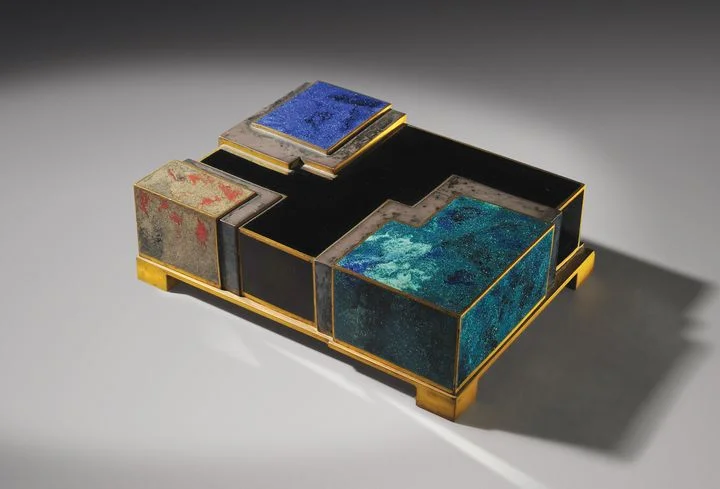
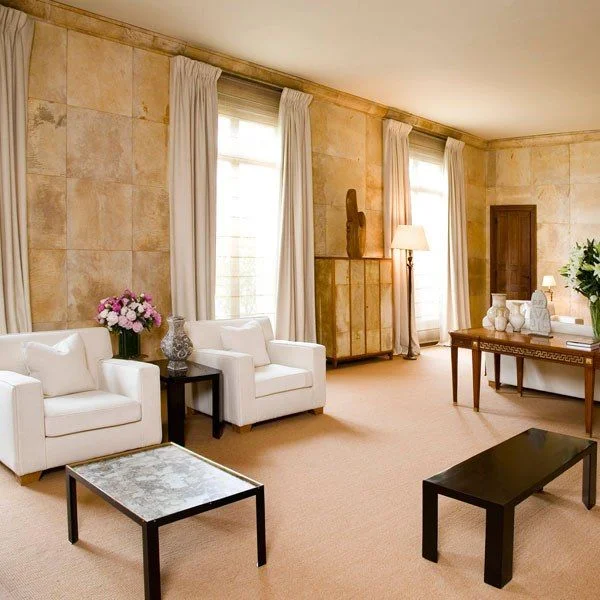
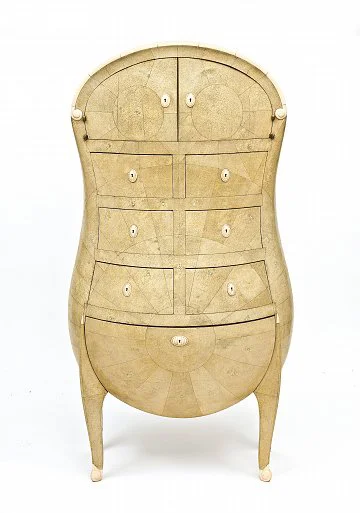

The Art Deco era’s emphasis on simple and streamlined forms and elegant design solutions was a great influence on Alexander’s work. His love of materials naturally led him to design in the best way to explore and express them. Elegance is expressed in the contemporary and understated forms, and luxe is exuded in the exquisite craftsmanship and precious materials.
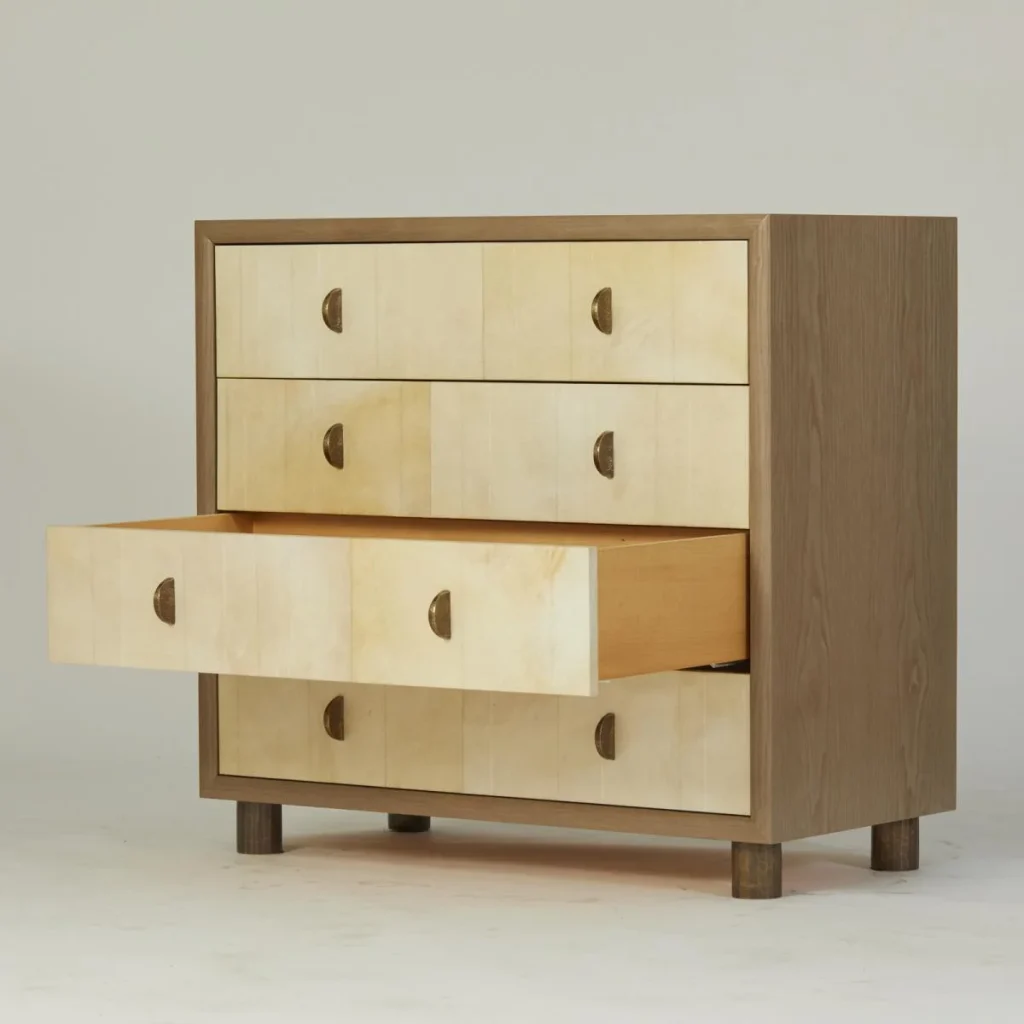
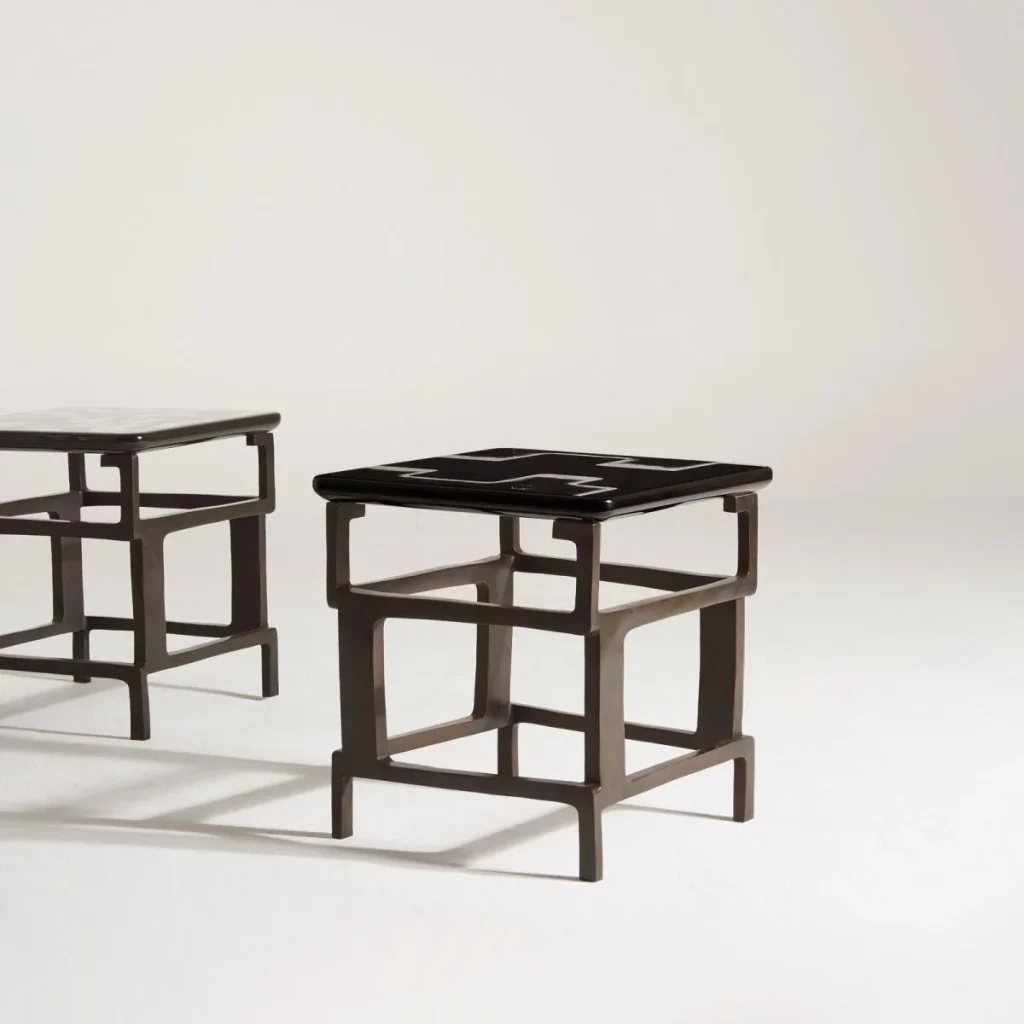
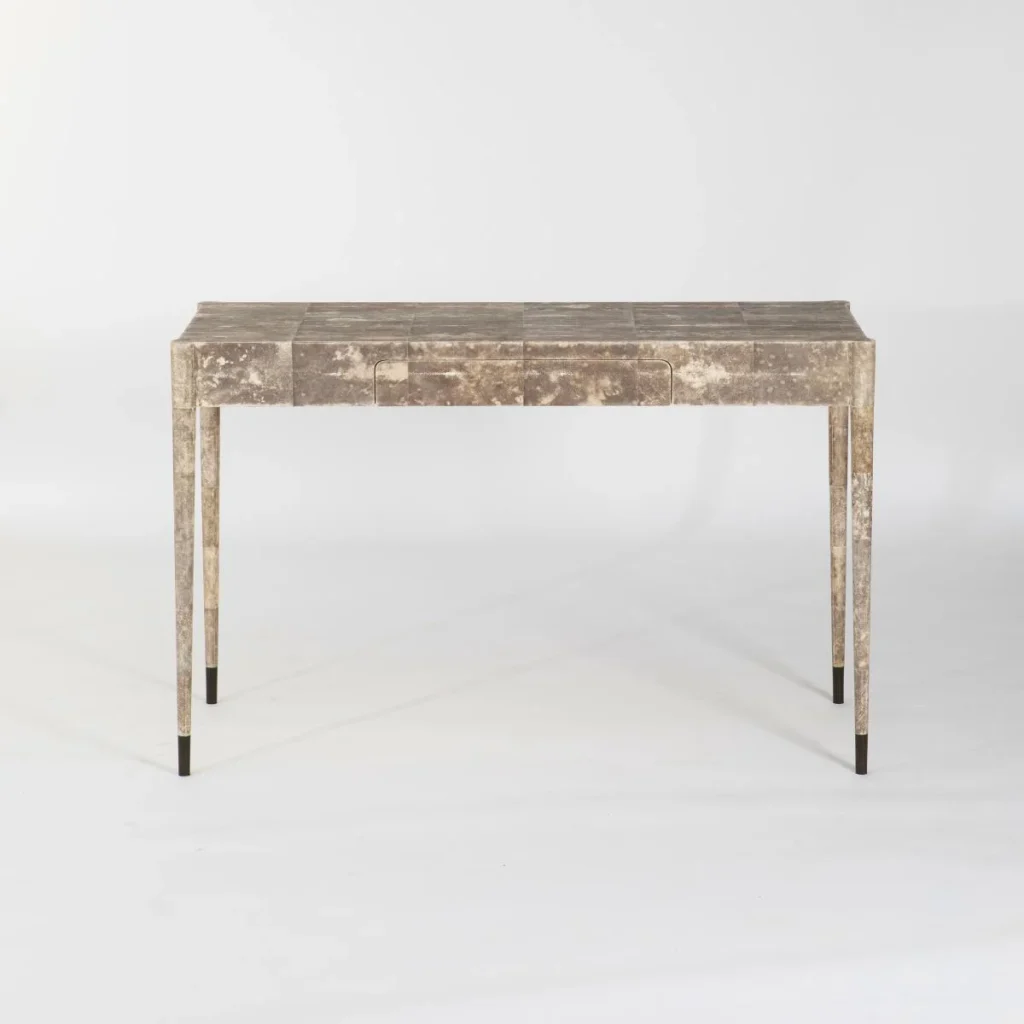
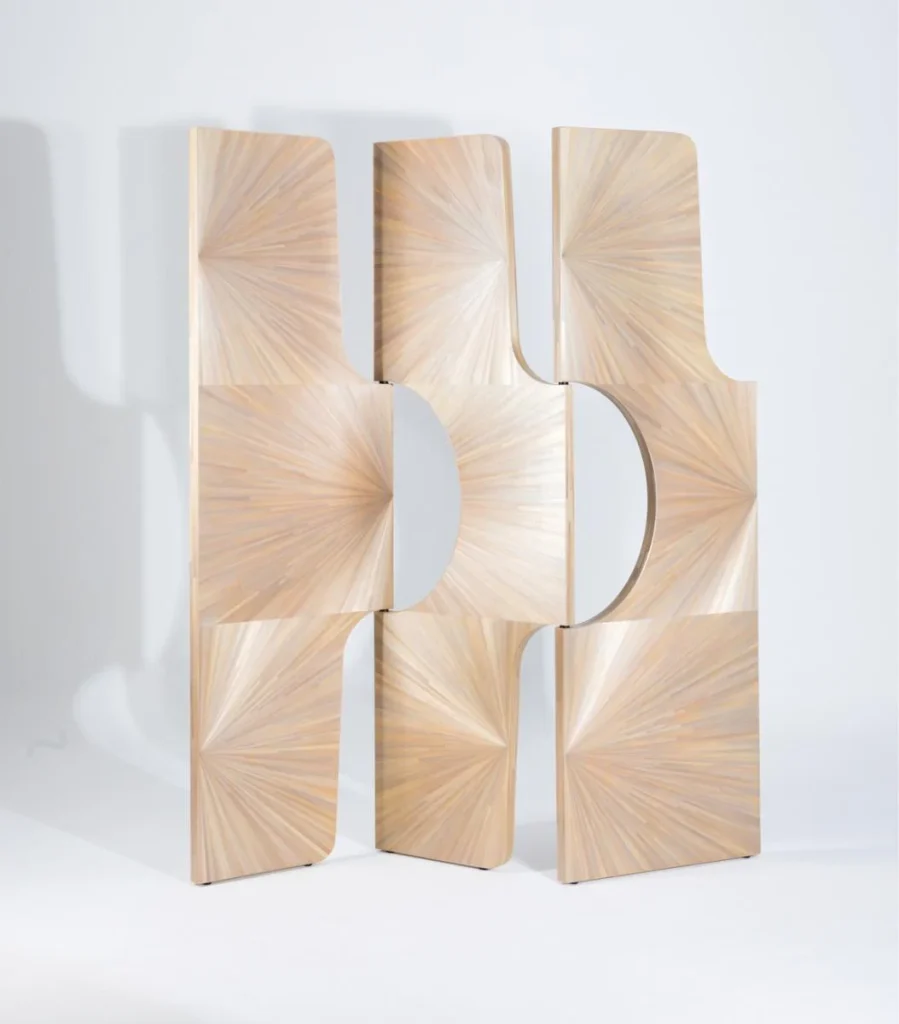
The strict functionality of the Modernist style later came to replace Art deco. Responding to industrialization, modernist architects and designers were determined to formulate an aesthetic compatible with the processes of mass production, which enabled good design accessible in the mass market. Today things are increasingly encouraged to be made quickly and cheaply. A century after the birth of Art Deco, the artisanal craftsmanship became a rare commodity. Alexander Lamont strives to emulate the spirit of Art Deco; making beautiful objects with precious materials and exquisite craftsmanship. We further push the edge by marrying the traditions with modern techniques. For Alexander Lamont, the exploration and innovation of materials and techniques is a powerful force that drives the creative direction of the company.
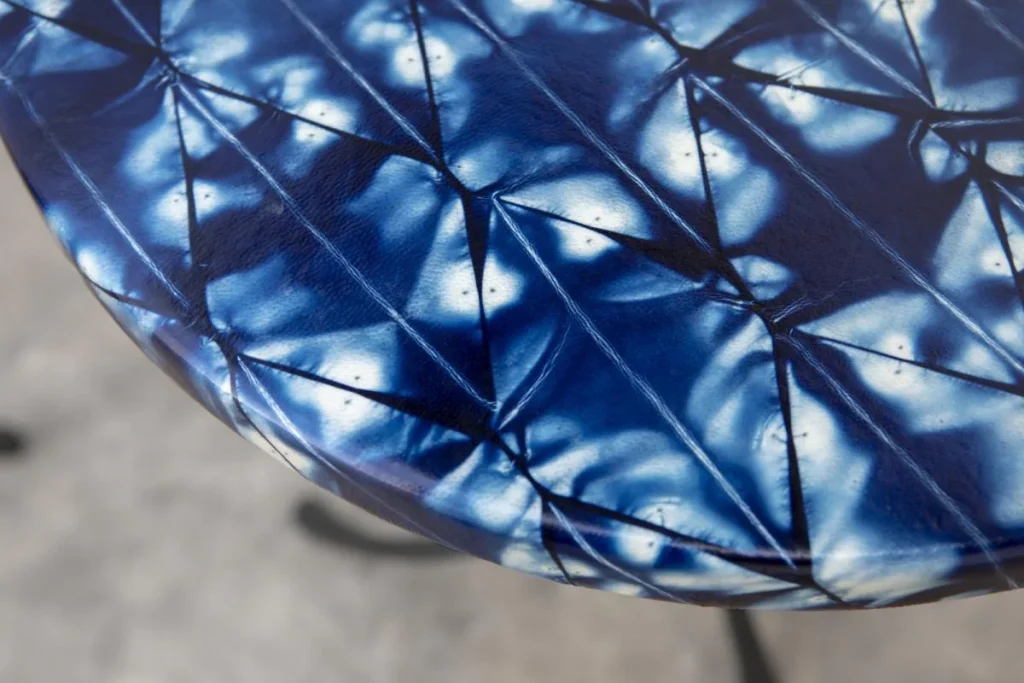


F. Scott Fitzgerald, the author of The Great Gatsby, made Paris his residence in 1920’s. He frequented at Gertrude Stein’s Salon on Saturday evenings, which brought together artists, writers and other cultural luminaries in Paris, from Pablo Picasso to Ernest Hemingway. The salon became a pivotal stage to generate some of the greatest ideas of the 20th century.
On Sunday September 1st, Alexander Lamont hosted Sunday Salon. It was an informal occasion for our customers of different backgrounds to gather and come in touch with the sophisticated decorative arts and culture of the Art Deco Era. The art director was present in the event to interact with the participants and share the insight in his creation. The participants were fascinated by demonstrations of straw marquetry and eggshell inlay and enjoyed a firsthand experience in crafting them. As the literary arts were an important part of culture in the Art Deco era, a calligraphy artist of European tradition was also present to demonstrate the art of refined penmanship. We will soon report the excitant of the event in another article!
